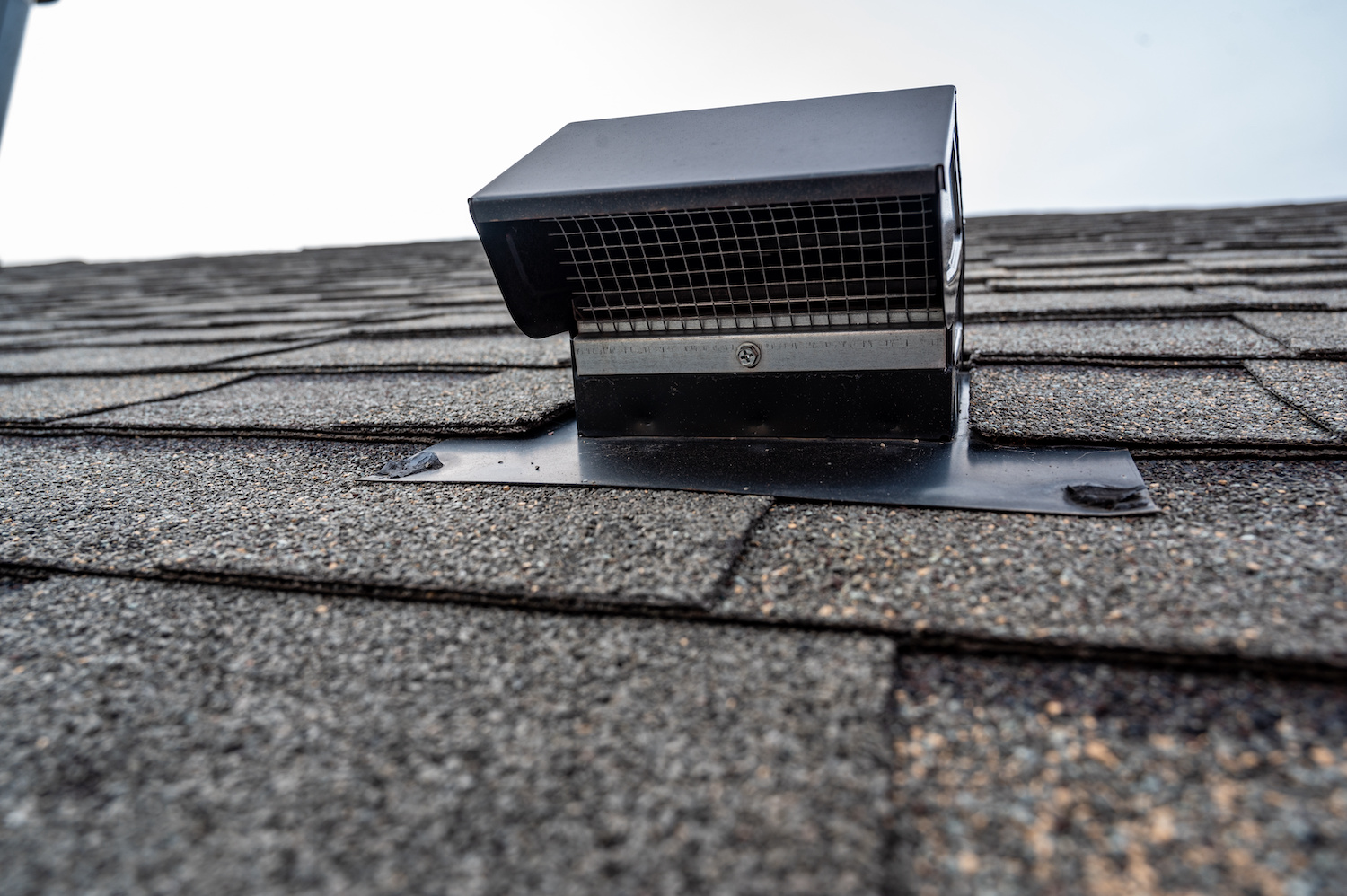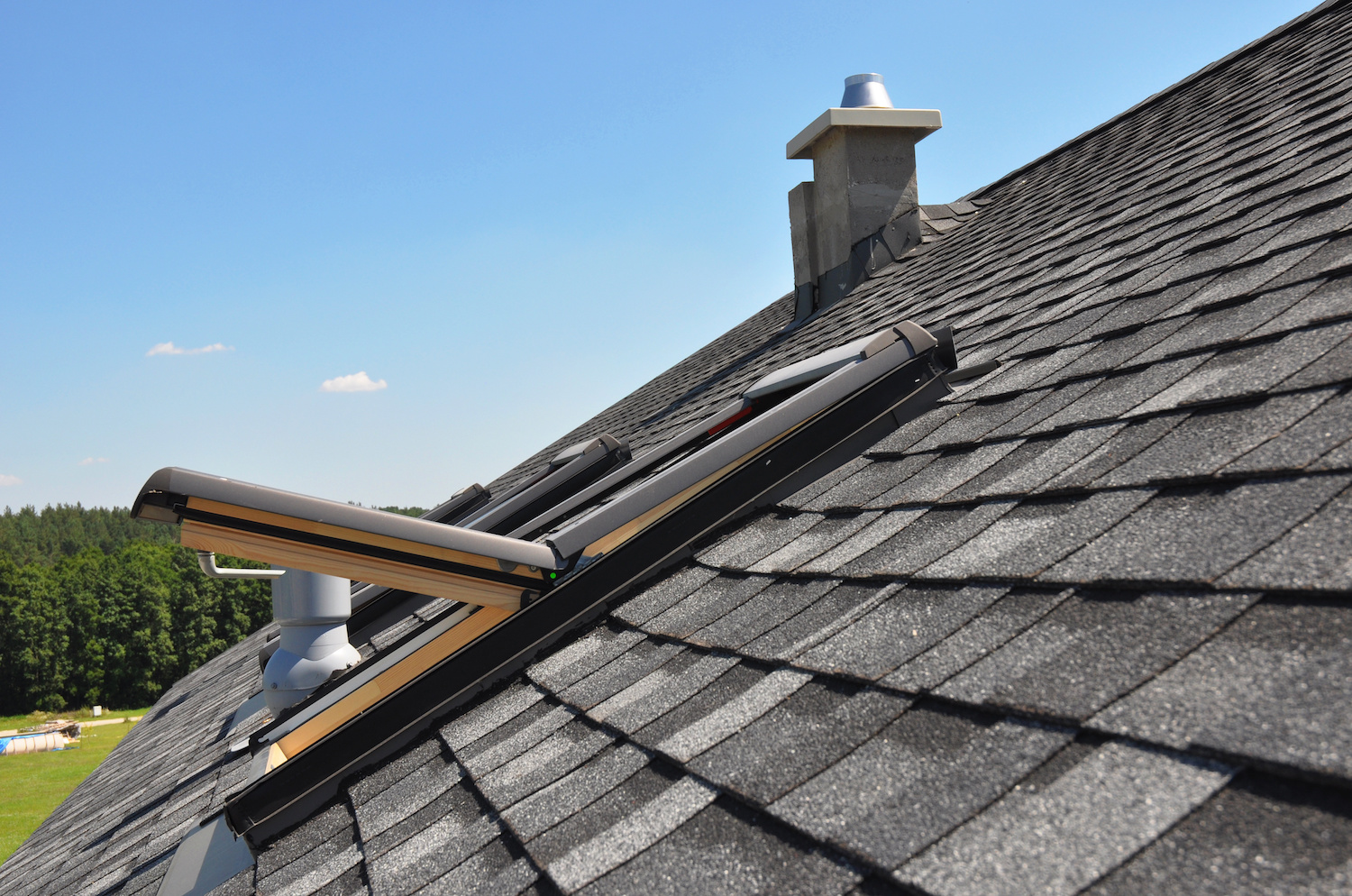Regular maintenance of your home is essential. Your house is one of the most significant financial investments you will ever make, and protecting your investment should be a priority. The roofing system protects you and your house from the elements.
Homeowners should pay special attention to their roofs. Residential roofing systems withstand the worst that nature has to offer. They can also help reduce energy costs by keeping hot air in your house. Avoiding poor roof ventilation will lower your chances of needing a roof replacement.
What Is Roof Ventilation?
Roof ventilation allows for adequate airflow through your attic space. Proper attic ventilation will have air leaving the attic through the roof vent, which will prevent the attic from overheating. Roof vents will prevent moisture buildup, which can cause significant damage to your roof and attic.
Proper roof ventilation is needed year-round. When it is hot, attic ventilation will remove the hot air from the attic. During colder temperatures, a roof vent will prevent ice dams from forming. Ice dams form when the sun melts snow on the roof, where it collects and then refreezes.
When considering roof ventilation, you must remember that warm air rises. The heat from your home will always find its way to your attic, and a sound ventilation system can remove hot attic air.
How Does Roof Ventilation Work?
We all know that hot air rises. It is vital to ensure proper ventilation in your attic with the right types of roof vents. Hot air is removed through the exhaust vents while cool air is brought in with the intake vents.
You can choose powered vents or natural vents for intake and exhaust. Cooler air in your attic will prolong the life of your roof.

Different Types of Roof Ventilation
There are many different roof ventilation systems, but one is not necessarily better than the other. Your choice will depend on the specific needs of your house.
Every house is different, and some factors will affect what you need from a ventilation system. The climate in which you live will be an essential consideration.
Wind turbines are an excellent choice for a locale with significant wind. Turbine vents will ensure a properly vented attic in the right windy area.
Box vents, also called roof louvers, are installed directly on the roof. Box vents are great for removing moist air from your attic as they are installed near the roof ridge.
Soffit vents are also called eave vents because they are installed in the eaves. Air flows will be evident.
A ridge vent will work very well in combination with a soffit vent. Many people use a ridge vent as a roof exhaust vent.
Vents that run on solar power can be adequate in areas with a great deal of sun. These can be fantastic energy-saving options, but remember that the vent will turn off when the solar-powered battery is charging, which could lead to periods of poor roof ventilation.
Static vents are passive ventilation, and as the heat rises, it is pushed out through the vents.
Power vents can also be used to achieve a balanced ventilation system. A motor powers a large attic fan, and power attic ventilators will force the hot air and moisture out of the attic.
Some of these attic ventilation systems have thermostats and humidistats so the homeowner can control when they are operating.

Why Is Ventilation Important for a Roof?
Proper ventilation is essential for extending the life of your roof, and it will help reduce ice buildup on your drip edge. The sun will melt snow and ice on your roof, causing it to pool, and it will eventually refreeze, which will cause significant damage.
A good ventilation system will help reduce energy costs. Attic ventilation options with efficient exhaust vents will expel the hot air, which will lessen the demand for air conditioning.
The proper intake and exhaust vents will help regulate the home’s interior temperature.
How Much Ventilation Does a Roof Need?
It is recommended to consult with a roofing contractor, but typically you should have a vent every 300 feet if you have a vapor barrier in the attic. You will need a roof vent every 150 feet if there is no vapor barrier.
A roofing contractor can determine which vent will work best for your house.
How Much Does Roof Ventilation Cost?
The cost of your roof ventilation will vary depending on how many roof vents you need and which type you choose.
Installing a gable vent is the most cost-effective choice. Ridge vents are a little pricier to install, with soffit vents being the most commonly used option.
Here are the average costs for the most commonly used roof ventilation systems:
- Gable louvers: $225
- Ridge vents: Between $300 and $600
- Soffit vents: $325 each
What Will Happen if a Roof Is Not Ventilated Properly?
A poorly vented attic can lead to issues that will cause damage to your roofing system, and it can also cause damage to your roof sheathing, siding, windows, and gutters.
Poor ventilation can lead to mold, mildew, and rust and cause sagging decking. Any of these issues can lead to the need for a new roof.
What Is the Best Ventilation for a Roof?
Soffit vents are favored among roofing contractors and are the most effective intake vent for the price. Ridge vents are usually recommended for exhaust ventilation.
These vents are commonly used but might not work for every house. Each home will have specific requirements that will have to be considered.
Conclusion
An air conditioner keeps your house cool, but an HVAC system does not bring in fresh air. The proper roof intake vents will bring cool air into your attic, which will help regulate your home’s temperature. The exhaust system you choose is also essential to remove the hot air.
You can choose edge vents, static vents, gable vents, or ridge vents. No matter your choice, the important thing is that you ensure that your roof is adequately ventilated.






